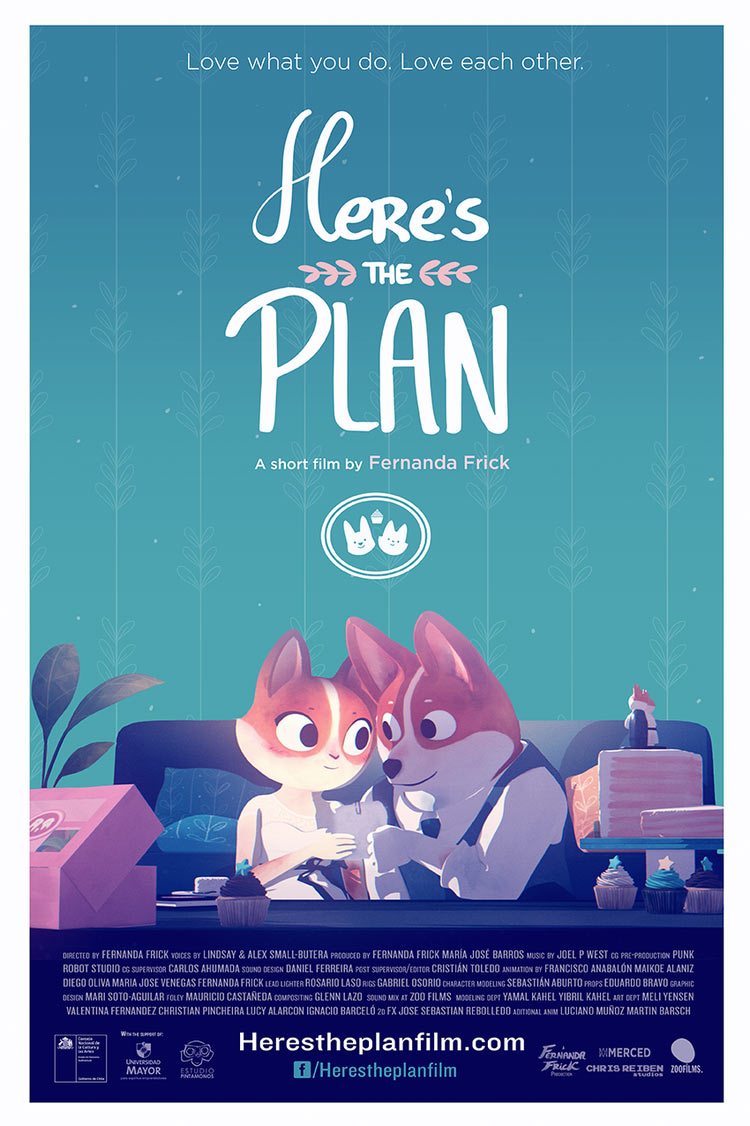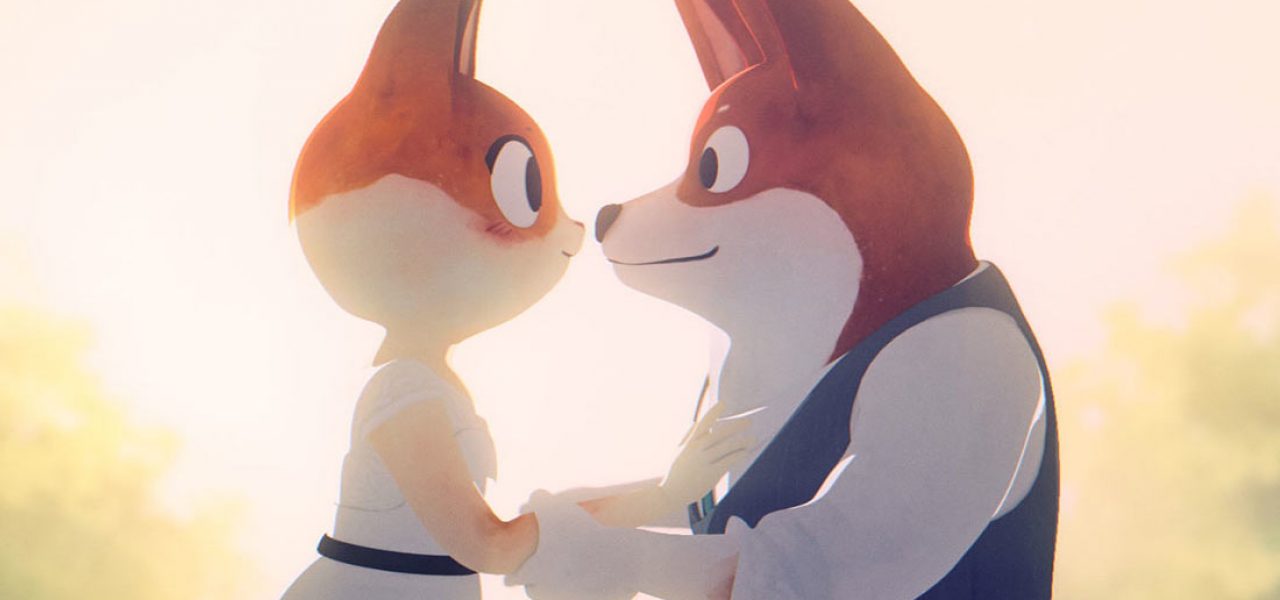
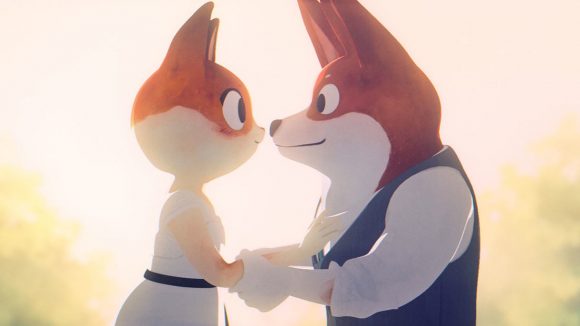
Watch The Trailer Premiere of ‘Here’s the Plan,’ A Sweet Film About Relationships
Last year, A Bear Story by Gabriel Osorio won Chile’s first Academy Award for best animated short film, putting animators from one of the southernmost Latin American countries on everybody’s radar. Now, Fernanda Frick, who was part of Bear Story’s production team, has finished her own ambitious short film, Here’s the Plan, combining indie cinema techniques with the aesthetics of contemporary animation.
Cartoon Brew is proud to present the debut of the trailer. The short itself will soon be appearing on the festival circuit:
In an email interview with Cartoon Brew, Frick spoke about the ideas that inspired the film and the challenges of making an ambitious animation project in Chile.
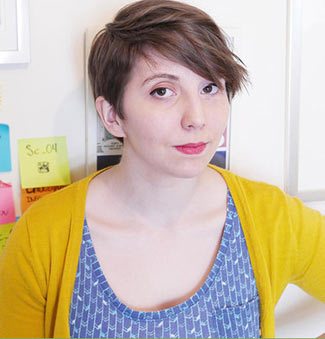
The first part of our discussion related to the difficulties faced by animators learning the trade in her country. “After two years at university,” Frick explains, “I left to complete an online course through Animation Mentor. It was the only way to get a high level, internationally recognized education without leaving the country, which is an unaffordable option for most Chilean animators.” Later she won a scholarship to attend a summer school program at Gobelins in France, and a one-month internship at Chilean studio Punk Robot to help with additional animation for A Bear Story. Thanks to those experiences Frick found the inspiration to create several short films, influenced by strong emotions. (Here’s the Plan is her fourth film.)
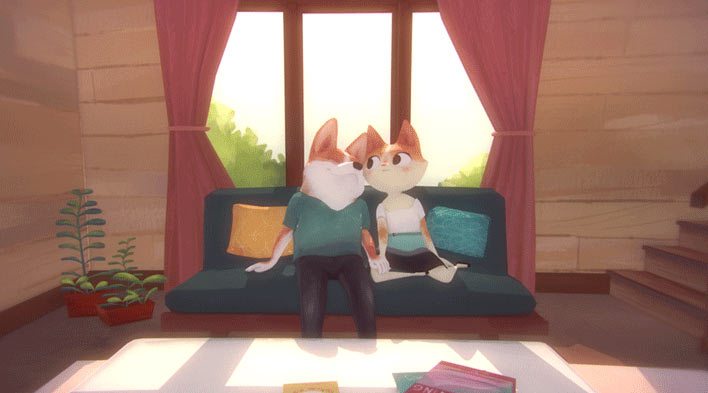
The plot of Here’s the Plan revolves around a young couple, struggling to reconcile their dreams of opening a bakery together with the harsh realities of workplace pressure and financial constraints. At almost 20 minutes long and with a compelling mix of cartoony characters set in a dramatic story, the film defies common beliefs of what to expect from a country with little tradition of cg animation.
“While the fear of creative stagnation led to my first short film, When I’m Scared, anger at misrepresentations of love and relationships in the media sparked my initial ideas for Here’s the Plan,” Frick told Cartoon Brew. “I felt enraged at how negatively mass media depicted long-term couples: men as useless, nasty pigs that left the toilet seat up, controlled by hysterical, manipulative women. For me, the question was: are we really doomed to experience life together as a battle instead of a collaboration? When it seemed I couldn’t escape these negative representations and gender stereotypes, my current relationship and tv shows like Parks and Recreation and indie films like Away We Go proved them wrong.”

Borrowing cues from indie cnema was an effective foundation for the short film. “When I was a child, I couldn’t relate to human actors the same way I did to animation, so I didn’t like live-action movies until I was a teenager. Later on I became tired of certain stereotypes in commercial animation, while becoming fascinated with the complexities of acting, themes, and staging in indie cinema,” Frick said. “I like character-driven stories about everyday life, and my aim was to reflect the low-key appearance of an indie live-action movie. That was the main direction I gave to the team, including the animators, sound, and postproduction guys, and even the indie film composer Joel P. West, who created the score.”
That desire to maintain a natural tone was also what inspired her to cast animators Lindsay and Alex Small-Butera from Smallbü studio as the voices of the two main characters, instead of professional voice-over actors.
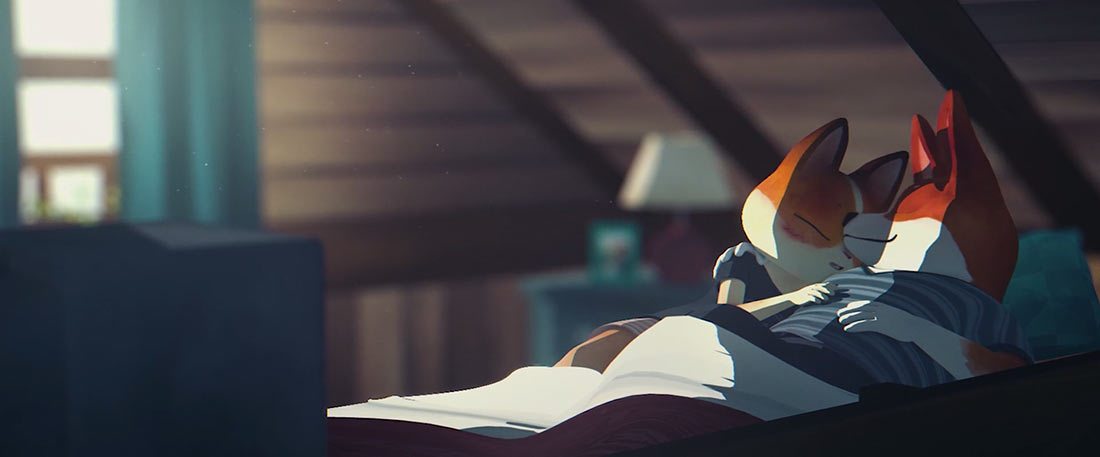
Another bold move was the extended length of the film, breaking the unwritten seven-minute rule from the classic cartoon era. The first version of the script was relatively short, but when building the animatic Frick realized that the story felt hurried, with no time for the characters to reflect on what they were going through.
Despite the fact that a longer film could complicate production and hinder access to film festivals, she decided that was how she wanted to do it. “I asked myself: am I making a film for the festivals, or because I want to tell this particular story? Should I spend so much time working on a project that might have some success, but doesn’t give me a voice and communicate my message? In that particular moment, I stopped worrying and ended up adding all the required pauses, until the story stretched to more than 18 minutes.”

Frick explained that the production was completed in two years, with a budget of US$50,000 and a core team of nine people. Funding for the film was granted by Chile’s National Council of Culture and the Arts. “Subsidies are a blessing as much as a curse because they are the only option for funding a short film in Chile; private funding is still not a real alternative,” she said. “After Punk Robot won their Oscar, the country recognized the value of animation, and now more support for the medium means we will see more animated films in the coming years.” Still, the government funding didn’t cover the entire cost, and she had to dip into her personal savings to complete the film.
Another hurdle was the lack of cg professionals in Chile’s still-developing animation scene. Frick credits her links with the Punk Robot team as “incredibly helpful,” but she still fell short when looking for crew. “Most of them here work in advertising and video games, where budgets are impossible for an independent short film team to match.”
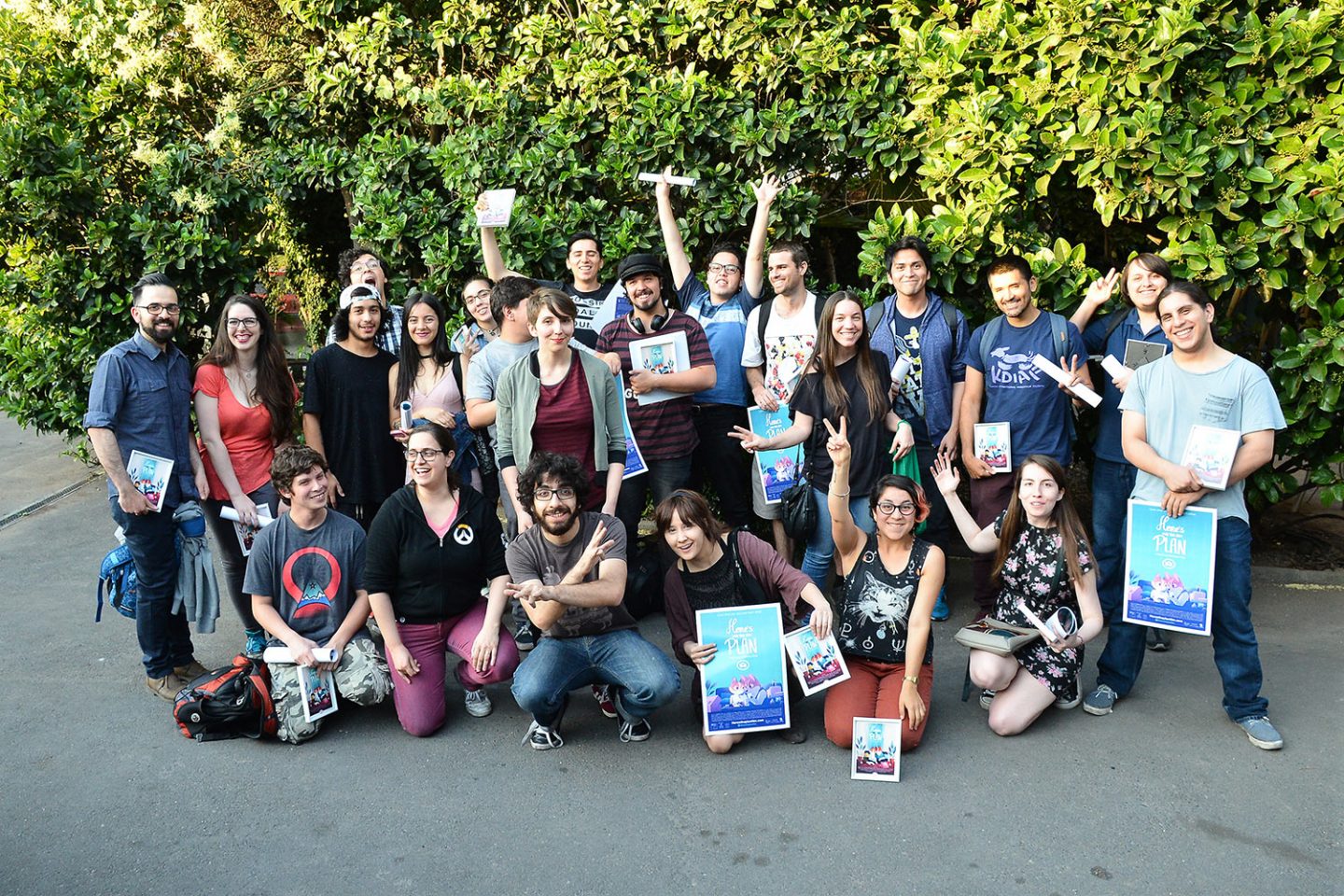
Punk Robot’s assistance was crucial during pre-production, but despite initial plans to complete the entire film on their premises, the studio became too busy after the success of A Bear Story and Frick had to look for a new solution. With production halted at the Punk Robot offices, the only alternative was to work from home and collaborate online, until eventually a local Santiago studio, Estudio Pintamonos, lent Frick some office space. When it came to rendering the film however, Frick did not have enough computers. She had to outsource to a render farm in China, which “fortunately worked out well.”
One of the most distinctive elements of Here’s the Plan is an aesthetic that reflects a broad range of visual references, from David OReilly’s shorts to the lighting techniques of Disney’s Feast and Paperman and the marriage sequence in Pixar’s Up.
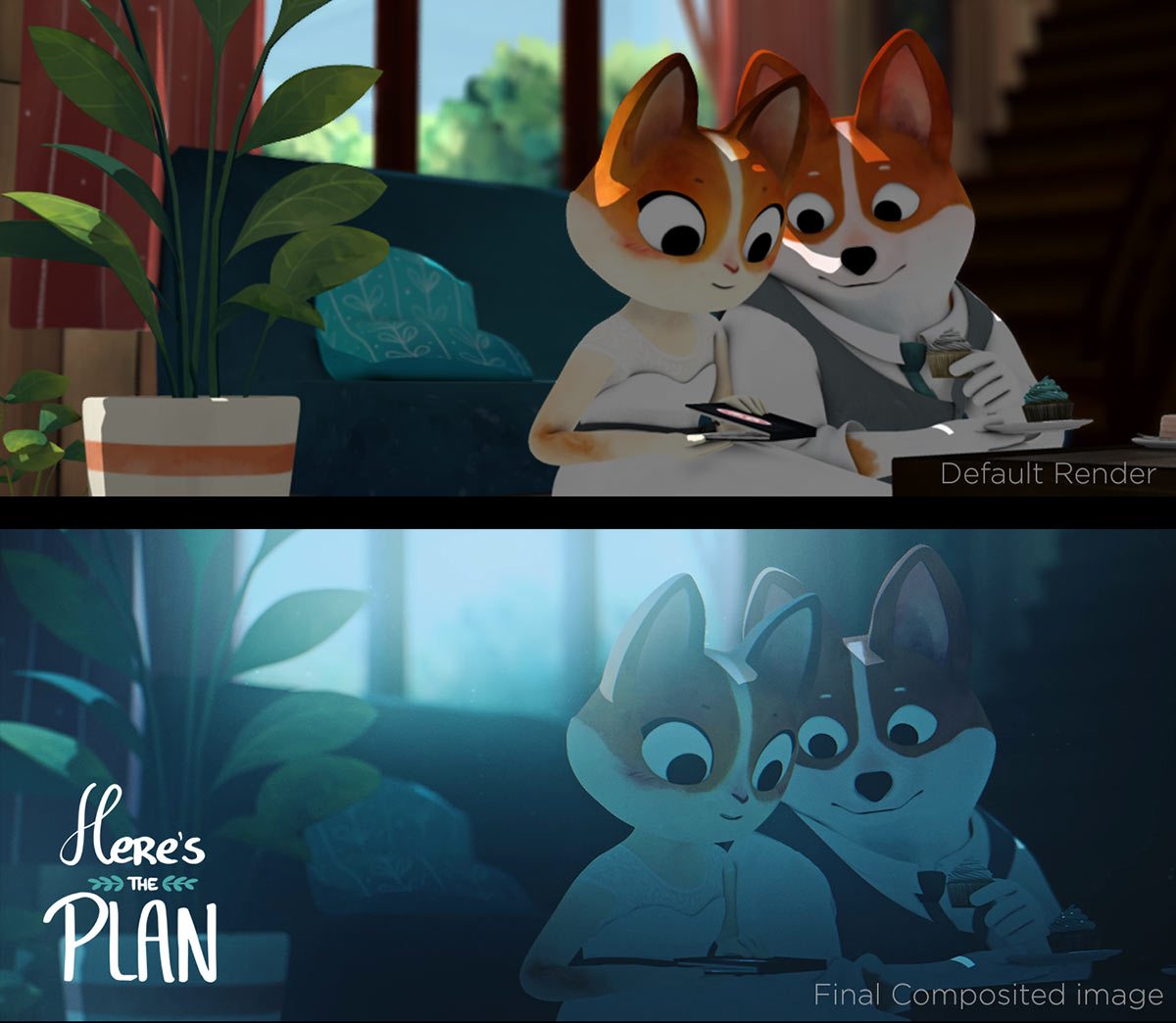
To achieve a stylized design that remained faithful to her original illustration, she hand-painted all the textures, a painstaking decision that contributes greatly to the final look of the film. She combined that with an unconventional approach to lighting. “I drew several sketches as a lighting script for our lead lighter to create fake sources of light,” she said. “My aim was to achieve something unnatural but appealing, so I encouraged the lead lighter to use shapes and objects that didn’t exist in the scene but created shadows and other effects to improve the cinematographic look.”
While Frick awaits news from film festivals, she is already hard at work on other projects, including wrapping up a graphic novel called Strokes (Trazos), and has her sights sets on developing other concepts in tv and feature animation.
Learn more about the film and upcoming screening dates on the official web site or Facebook page.
